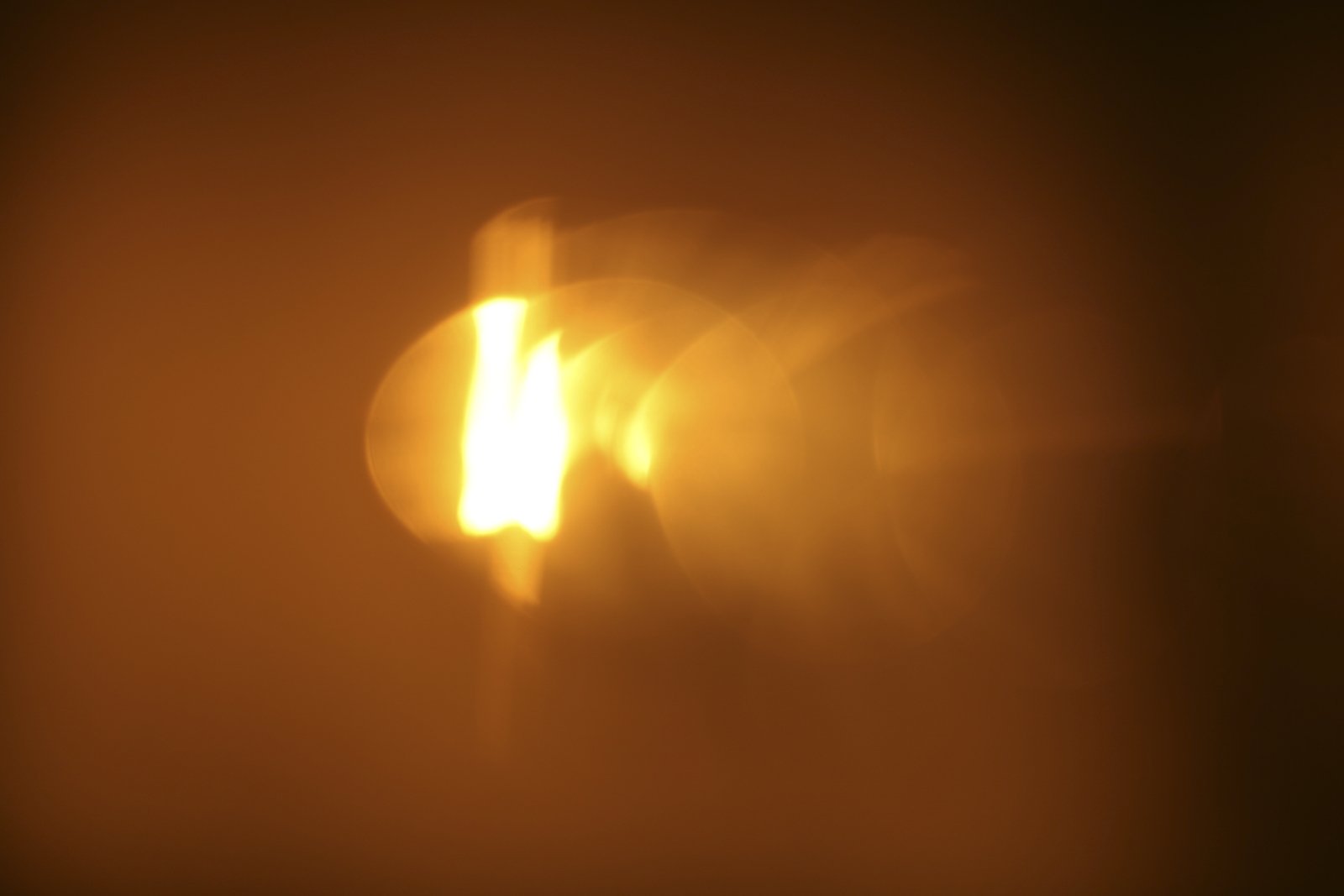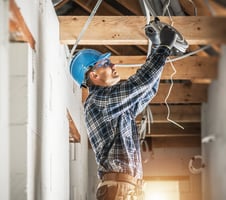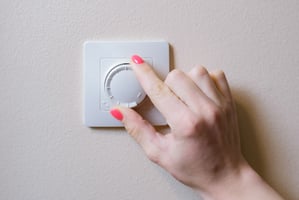If you live in an older home in Washington, DC — especially in any neighborhood filled with...
Flickering Lights: What Might Cause That?
 Electrical power in our homes is something most of us take for granted. An older generation can remember the days before the Rural Electrification Administration under President Roosevelt enabled every American home to enjoy access to electrical power. Flickering oil lamps were the normal source of light. But when your modern home has flickering lights, you should investigate.
Electrical power in our homes is something most of us take for granted. An older generation can remember the days before the Rural Electrification Administration under President Roosevelt enabled every American home to enjoy access to electrical power. Flickering oil lamps were the normal source of light. But when your modern home has flickering lights, you should investigate.
What might cause flickering lights? At times, a momentary flicker in a single light, or even all of them, may be nothing to worry about. A momentary power surge in the area could cause such an occurrence. But when this happens again, or begins happening from time to time, it could indicate problems with your home’s electrical connections.
Bulbs, Plugs and Switches
When investigating flickering lights, always begin with possible simple solutions. Check to see if the bulb is loose. Vibration over time can cause light bulbs in lamps and fixtures to become loose. Turn off the bulb and allow it to cool before testing it to prevent burns.
The next step would be to replace the bulb. Some bulbs will flicker just before blowing out. Or, the flickering may be related to the type of bulb. Fluorescent bulbs tend to flicker, especially when first turned on or during cold weather. This is nothing to worry about.
Another reason bulbs might flicker is compatibility issues between bulbs and dimmer switches. Older dimmer switches are not compatible with LED bulbs and will probably need to be replaced when installing LED bulbs. Some dimmer switches are only compatible with certain types of light bulbs and some bulbs are not dimmable at all.
Circuits and Electrical Draw
If flickering lights are not caused by problems with bulbs, plugs or switches, it may be because of an overloaded electrical circuit. If you notice the lights flickering when a large appliance starts running, this is an indicator the circuit is being overloaded. An additional circuit may be required to alleviate the electrical load on the affected circuit. If this has never occurred before, it could also be a sign that the appliance is wearing out, and requiring more current to run. It should be checked by an appliance technician.
If this problem persists, and especially if the flickering continues even after the appliance has started running, it could indicate an overloaded electrical circuit that needs service. You should have the problem investigated by an electrician as soon as possible.
Home and Service Connections
Loose wiring or cable connections can also cause a fluctuation in current flow, and make the lights flicker. While connections can become loose in any home, this may be especially problematic in older homes. An electrician can trace the source and repair any loose wiring. If the loose connection lies at the meter can or where the service cable terminates in the electric panel, the electrician may have to get the power company and/or the jurisdiction which regulates electrical contractors involved.
Persistent flickering lights indicate some kind of problem. When simple fixes do not alleviate the problem, call Wilcox Electric. We have been providing the DC area with electrical services, including electrical system inspections and repairs, for more than two decades.



